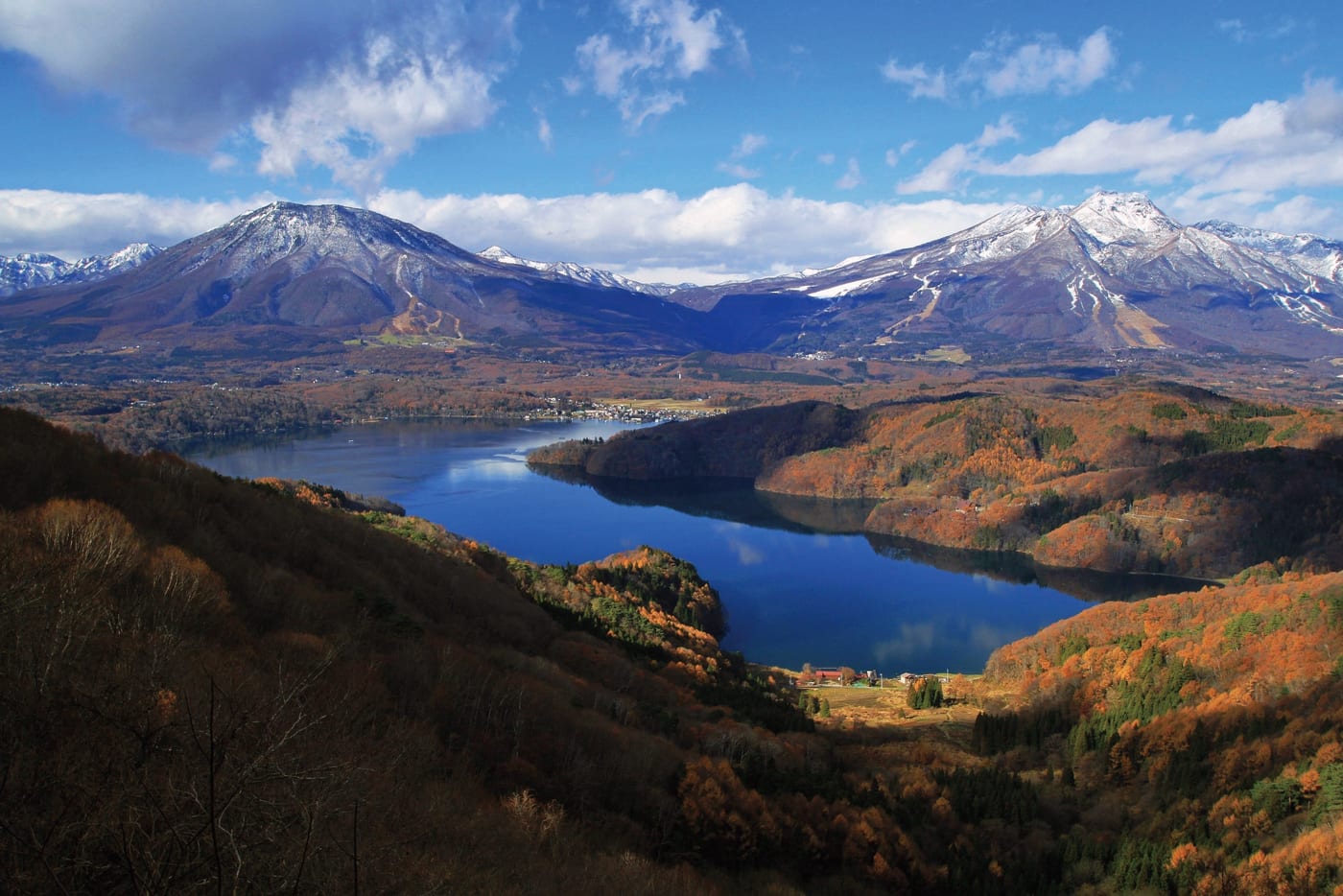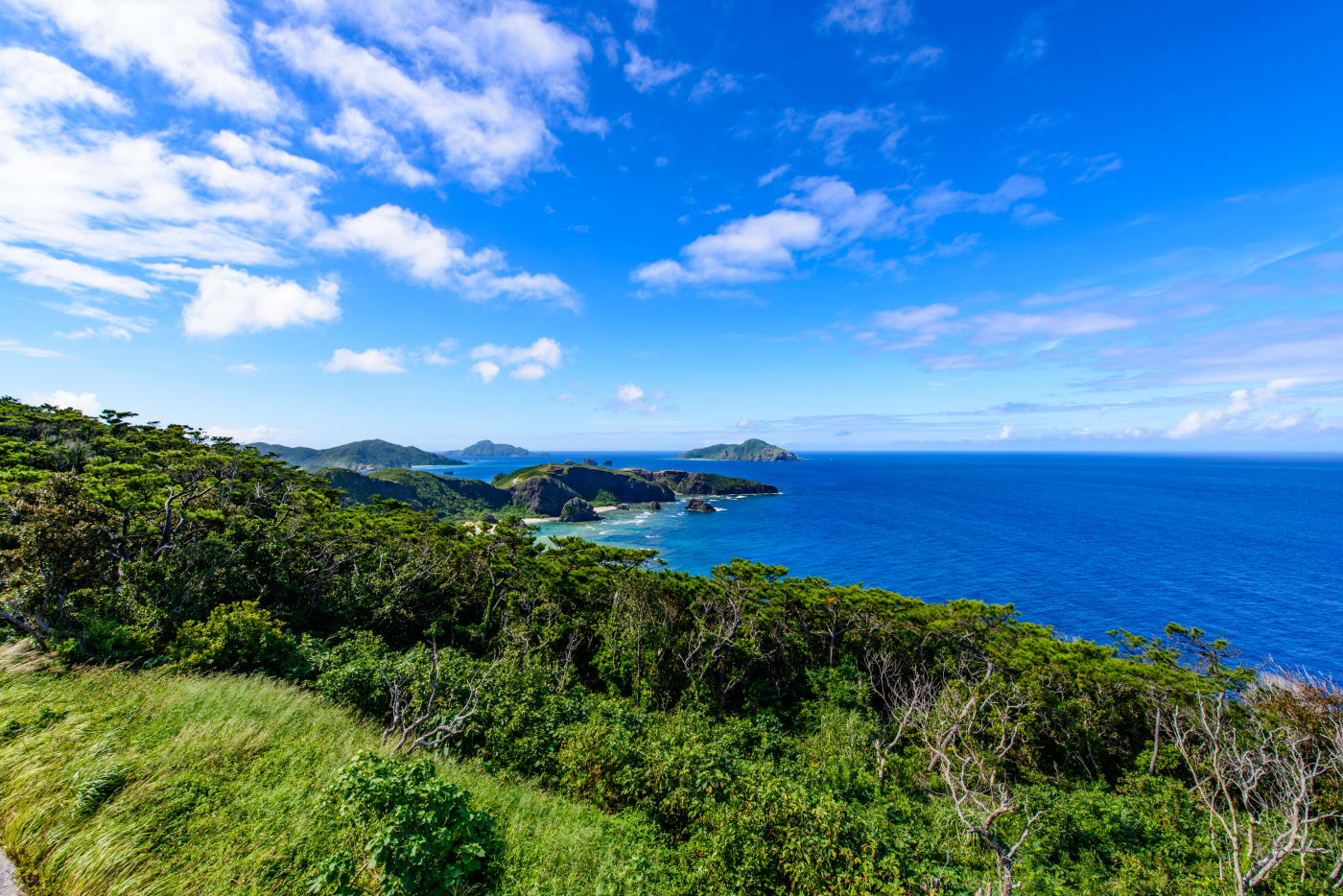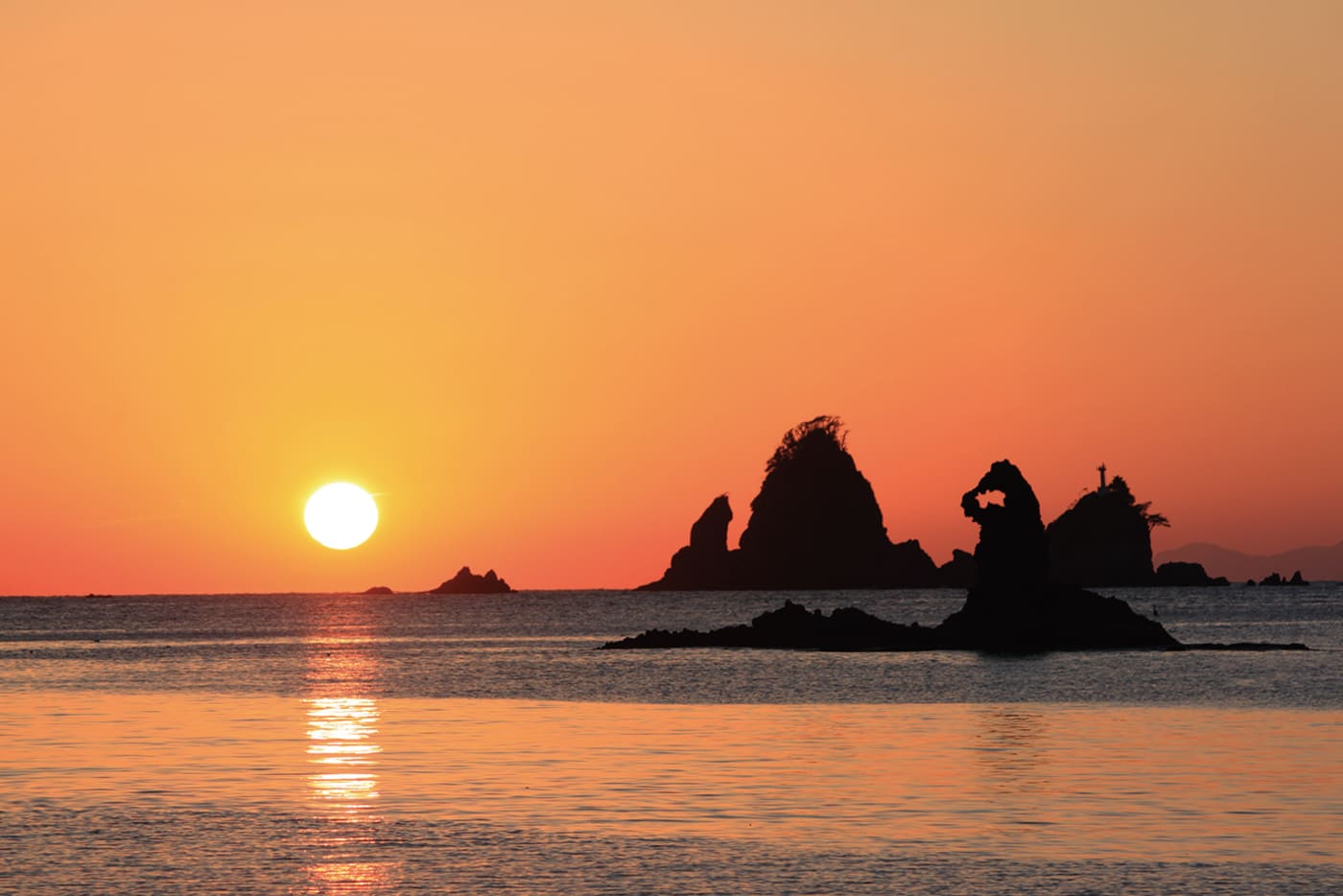Add a dose of freedom to your journey in Japan’s national parks with a road trip.
Driving in the national parks adds flexibility and a sense of adventure to your journey. The added freedom allows for easy camping, and renting a camper vehicle or motor home adds even more possibilities. Some parks have scenic roads and mountain passes that visitors without cars miss out on. In some regions, there are multiple national parks close to each other that can easily be covered by driving. These are just some of the charms that reveal themselves when you have your own vehicle.
National parks with sparse or infrequent public transportation and far-flung sights are best experienced on a road trip. You'll have access to some distant trailheads, remote caves and photogenic waterfalls, and you'll be able to get that perfect instagrammable shot on your own terms.
Recommended routes
One of the benefits of renting a car is that it allows you the freedom to visit multiple parks on one trip. Eastern Hokkaido has multiple parks that are near one another. These parks include Shiretoko, Akan-Mashu and Kushiroshitsugen national parks. You can organize a similar road trip on the southern island of Kyushu, with Aso-Kuju, Unzen-Amakusa and Kirishima-Kinkowan national parks relatively close to one another. Perhaps the most appealing part of a national park road trip is the picturesque drives on specially designated scenic roads. Such roads include the Bandai-Azuma Skyline in Bandai-Asahi National Park; the Ashinoko, Hakone and Izu skylines in Fuji-Hakone-Izu National Park; and the Yamanami Highway in Aso-Kuju National Park.
Some of Japan’s national parks have disconnected areas, so getting from one part to another is easiest by car. A few examples of parks with noncontiguous areas include Bandai-Asahi and Towada-Hachimantai, both in the Tohoku region of northeastern Honshu.
Another benefit to renting a car is eliminating your reliance on public transportation. This is most valuable in national parks with limited or infrequent transit options. For example, most parks on the northern island of Hokkaido have inconvenient or nonexistent public transportation services unless you join a group tour.
Exploring the parks with a camping car
Camper cars and motorhomes are an increasingly popular way to explore Japan’s national parks. Traveling in camper vehicles offers the ultimate freedom, with the ability to sleep in your mode of transportation around the parks. A trip by camper car adds the joys of camping and even more flexibility to a standard road trip. They also add convenience to long-distance travel and are a preferred way to travel across multiple national parks.
Parking rules can be strict, so be sure you are following the rules wherever you decide to rest for the evening. Larger motorhomes can only be parked at designated campgrounds and RV parks, many of which have extra amenities such as showers and power sources.
Garbage disposal rules are quite rigid in Japan, so dispose of your waste properly no matter where you stay.
Consider breaking up your RV travels with a stay at a guesthouse, ryokan inn or hotel. Although a camper vehicle provides a place to sleep, staying at local lodgings can be a good opportunity to have a more immersive experience in the parks and to meet other travelers and locals.
A handful of companies rent camper vehicles to international travelers in English. Sizes range from microvans geared to solo travelers to full-sized motor homes with dedicated kitchens, and rental rates vary accordingly.

Getting around the parks
Japan’s national parks are vast. Driving from one side of a national park to the other can take quite a while, so you should plan out at least some of your destinations in advance.
Visitor information centers in the national parks are a great place to start. These centers provide tips, sightseeing ideas, maps and tourist materials that can inspire and guide your journey. They are also a source for the latest alerts, weather conditions and safety advisories.
Once you know your destination, enter it into the navigation system in your car for guidance. However, be sure to take into account road closures or other hazards that might affect your route.
Make sure you have the necessary supplies before heading deep into the wilderness. Bring a flashlight, a spare tire, flares and other safety equipment just in case you get stranded. If you will be away from gas stations for an extended period, extra gasoline may be a wise addition.
Renting a car
Visitors from most countries need their regular driver’s license and an international driving permit, which you should get before you arrive in Japan. Travelers from a handful of countries have different requirements, so double-check exactly what you need before departing on your trip.
Nationwide companies include Orix Rent a Car, Toyota Rent a Car, Nippon Rent-a-Car, Times Car Rental, JR Eki Rent-a-Car and Nissan Rent a Car. Most major car rental companies accept online reservations through their English websites.
Rental outlets are located near airports, shinkansen stations and other rail hubs, as well as in small, midsize and large cities. Renting a car in a major city and driving to the national park is an option, but navigating and parking in cities can be difficult and highway tolls are expensive. A more common choice is to get near the park by train or plane and rent a car closer to your destination.
Most companies allow you to drop the car off at a different location than the outlet where you picked it up, often for an extra fee. This is a convenient option for one-way road trippers who wish to make a faster return journey by plane or shinkansen. Cars must be returned with a full tank of gas.
Most companies offer a wide range of vehicles, from tiny sub-compact cars to SUVs and vans, with prices generally increasing with size. If your trip involves rough roads, steep inclines or snowy weather, consider renting a four-wheel-drive vehicle. Or go for a convertible to feel the wind in your hair on the open road during warmer parts of the year.

Road rules & regulations
Important things to be aware of when driving in Japan:
- In Japan, cars drive on the left side of the road and the steering wheel is on the right side of the car.
- Speed limits are posted along the side of the road in kilometers per hour and may be slightly lower than what you are used to in your home country.
- Expressways usually have speed limits between 80 and 100 km/h, while main roads are typically 50 km/h and side streets are 30 km/h.
- Most road signs are in English as well as Japanese. Take special note of the stop sign, which is a red triangle with one point facing down.
- Be sure to come to a full stop at railway crossings even if there is no sign.
- Back-in parking is standard in Japan, although it is not required in most places. However, backing in is recommended for tighter parking lots designed around this norm.
- Japan has a strict no-tolerance policy toward drinking and driving. Do not get behind the wheel if you have had any alcohol.
Gas stations
Gas stations are common in more populous areas and on main roads, but can be scarce in the deep reaches of the parks. Many close in the evenings, so be sure to fill up before heading off the beaten path or driving at night. Most gas stations are full service. Ask the attendant for mantan, or “full tank,” to fill up. Self-service stations are becoming more common, and pumps at these locations usually take credit cards and cash.

Precautions when driving in the national parks
Finally, there are several things to keep in mind when driving in the national parks of Japan. Although the quality of roads is quite high, the untamed nature of Japan’s national parks means some special precautions are recommended when driving in them.
- Similarly to most rural areas around the world, drivers should be careful of wildlife standing in or walking onto the road.
- Narrow switchbacks are common in mountainous areas. Take curves slowly and use the roadside mirrors to spot vehicles and other obstacles around the bend.
- Be aware of any potential hazards before setting out on your journey.
- Check ahead for inclement weather or road closures due to snow or landslides.
- Exercise extra caution when driving in snowy areas: drive slowly, do not overuse your brakes and give the car in front of you ample distance.
Do I need a car?
Although having a car can be freeing, bear in mind that renting a car is not the default choice for all parks. In some parks, having a car is less than ideal. For example, Chubusangaku National Park has ample public transportation and some areas are closed to private cars. Exploration of Minami Alps National Park is characterized by hiking and some trailheads are not accessible by car. Each park is different, so consider your options depending on which national parks you are planning to visit.
Written by Michael Sosnick